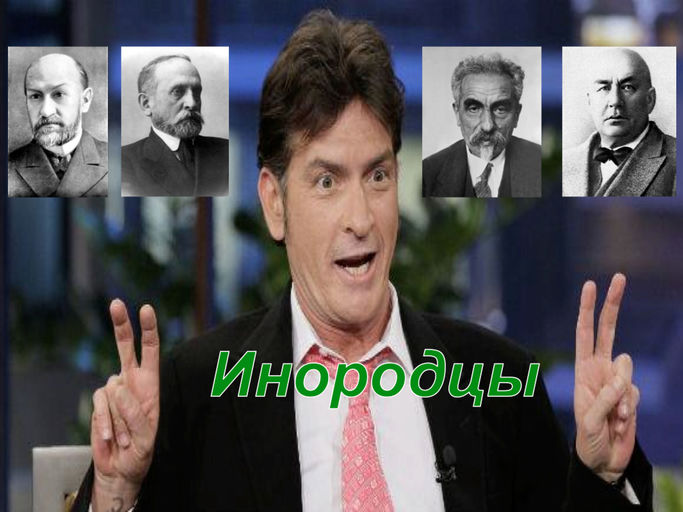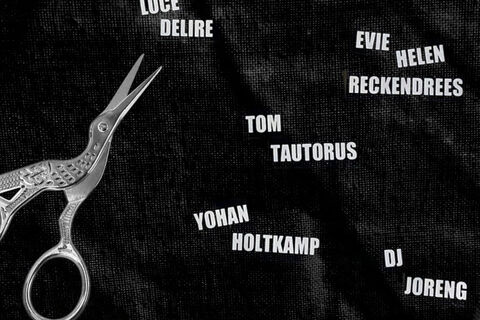- Exhibition
- Awards
- Library
- Speech
- edition KHM
- Festival / Award ceremony
- FG exMedia
- FG Film und TV
- FG Kunst
- FG Kunst- und Medienwissenschaften
- Movie screening
- Glasmoog Books
- Glasmoog - Raum für Kunst und Diskurs
- KHM Journal
- Concert
- Cooperation
- LAB Jahrbuch
- LECTURE Reihe
- Teachers elsewhere
- literature
- off topic
- News articles
- Publications
- Job offers
- Study
- TV broadcast
- Event
- all
I Utter Other

Lecture-Performance by Slavs and Tatars.
Filzengraben 2
50676 Köln
Moderation: Mi You
What does it mean for one east to look to and at another one? Can the romanticized romanticize? From Poles in the service of the Tsar to Persian Presbyterians, I Utter Other looks at the curious case of Slavic Orientalism in the Russian Empire and early USSR. Slavic Orientalism offers a crucial counterpoint if not antecedent to the received wisdom of Saidian Orientalism. Despite the radical transition from Tsarism to Bolshevism, the study of the East in the East complicates notions of identity politics and knowledge in the service of power, offering a coherent post-colonial critique some 60 years avant la lettre.
Slavs and Tatars is an art collective devoted to an area east of the former Berlin Wall and west of the Great Wall of China known as Eurasia. With a heady mix of high and low-brow humour, the artists turn to sculptures, installations, audio and text to excavate and explore a geography that is equally imagined as it is political.
The collective’s practice is based on three activities: exhibitions, books and lecture performances.
Slavs and Tatars haben mehrere Bücher veröffentlicht, unter anderem Mirrors for Princes (JRP|Ringier / NYU Abu Dhabi, 2015), Not Moscow Not Mecca (Revolver/Secession, 2012), Khhhhhhh (Mousse/Moravia Gallery, 2012) wie auch ihre Übersetzung der legendären aserbaidschanischen Satire Molla Nasreddin: the magazine that would’ve, could’ve, should’ve (JRP-Ringier, 2011).
- Exhibition
- Awards
- Library
- Speech
- edition KHM
- Festival / Award ceremony
- FG exMedia
- FG Film und TV
- FG Kunst
- FG Kunst- und Medienwissenschaften
- Movie screening
- Glasmoog Books
- Glasmoog - Raum für Kunst und Diskurs
- KHM Journal
- Concert
- Cooperation
- LAB Jahrbuch
- LECTURE Reihe
- Teachers elsewhere
- literature
- off topic
- News articles
- Publications
- Job offers
- Study
- TV broadcast
- Event
- all







